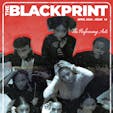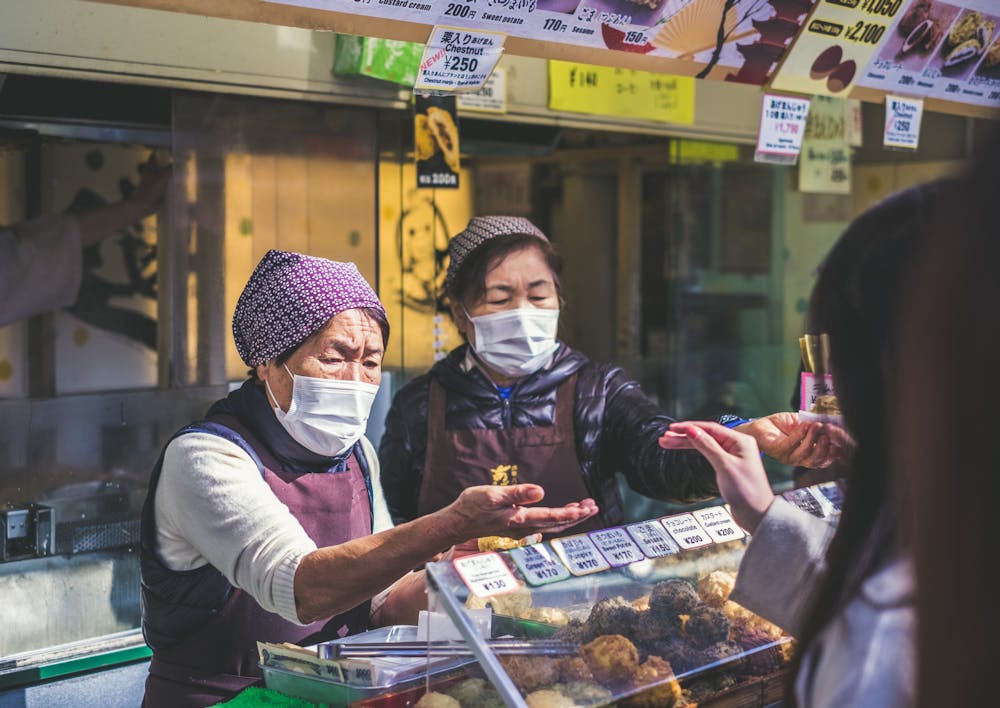The one-year mark of the COVID-19 pandemic is fast approaching. In the last twelve months, our world has encountered immense changes, one of which has been a drastic increase in anti-Asian hate crimes in the United States.
In the first five months of the pandemic, over 2,500 anti-Asian hate crimes were reported to Stop AAPI Hate. Asian Americans Advancing Justice has also recorded over 3,000 anti-Asian hate crimes since April 2020. A 1,900 percent increase in anti-Asian hate crimes have been reported in New York City since the pandemic began, according to the Queen’s Chronicle. These numbers only include incidents which have been recorded — the reality is that the number could be much higher.
Since the start of 2021, there have been numerous physical assaults against Asian Americans, particularly Asian elders. Vicha Ratanapakdee, an 84-year-old Thai man living in San Francisco, was on a walk on the morning of January 28 when he was violently pushed and killed. Shortly after Ratanapakdee’s death, a 64-year-old Vietnamese woman was robbed in San Jose, and a 91-year-old was pushed to the ground in Oakland’s Chinatown district.
Violence against Asian communities in the United States is often left out of mainstream news and Asian Americans are swept under the rug due to the “model minority” myth. The term “model minority” was coined shortly after the passing of the Civil Rights Act to describe minority groups who had experienced “success” in the United States. It has often been used as a label for the Asian community, however, this term should not be taken as praise. Rather, it is a term used to divide communities of color and further bolster white supremacy.
The model minority myth allows white America to abuse the socioeconomic status of a portion of the Asian American community to downplay the systems of racism, capitalism, and fetishization in the United States. Asian Americans are treated as a monolith, which leads to data aggregation, combined datasets, in statistical analyses of Asian Americans. This masks the tremendous amount of diversity within the Asian racial category — which consists of people originating from 20+ countries — with the image of a prosperous and politically silent community.
In reality, eight Asian subgroups have poverty rates higher than the U.S. average. Less than fifty percent of the Filipinx community are enrolled in college, and over thirty percent of Asian Americans do not pass the GED test. When the data is broken down, it is quite clear that numerous disparities are present within the Asian American community. Much of this is due to U.S. immigration policies which prioritized certain immigrants over others, such as the Immigration Act of 1990 which aimed to increase the arrival of high-skilled immigrants. This contrasts with the prior influx of Asian refugees who came from Cambodia, Laos, and Vietnam in the 1970s who were fleeing their countries after the Vietnam War.
Asian Americans are calling for action against the violence in their communities. Carl Chan, the President of the Oakland Chinatown Chamber of Commerce, is pushing for an increase of police presence and surveillance in the area. This is in contrast to the Oakland Mayor’s previous plan of cutting $25 million from the police department as a political statement in support of the Black Lives Matter movement.
Additionally, videos of anti-Asian violence showing Black men as the perpetrators have been circulating in the Asian community, leading to an increase in anti-Black sentiments. However, other members of the Asian community have argued that racism cannot be combated with more racism. Andrew Wang, a freelance writer from New York, recently published an op-ed in The Washington Post where he speaks on the way great-uncle was killed due to anti-Asian racism. He urges the Asian American community to reject the anti-Black narratives surrounding the recent surge in violence.
White supremacy aims to set the Asian and Black communities against one another, and in this context, it is succeeding. Anti-Blackness and police violence are being viewed as the solution to anti-Asian racism. Simultaneously, other communities of color are failing to speak out about anti-Asian racism due to stereotypes stemming from the myths of model minority and proximity to whiteness. We are constantly focused on the violence between our communities rather than our history of solidarity. For example, in the 1960s, the slogan “Yellow Peril Supports Black Power” gained popularity, showcasing the unified fight against white supremacy between the Asian and Black communities.
Much has to be done in order to combat the surge in anti-Asian violence. First and foremost, all communities must condemn the blatant racism this surge highlights, but this burden should not fall on just the Asian American community. Second, we must not use hatred to fight hatred. Police violence is not the solution, and it will never be the solution. We must also shut out the generalizations made about our communities. We must realize that the purpose of the model minority myth is not to reward the Asian American community, but rather to harm our fellow communities of color.
Justice and accountability for anti-Asian violence will only happen when we collectivity turn it into a source of empowerment. Whether it be through coalition-building to deconstruct the structures of harm in our own lives or community-led safety initiatives as an alternative to policing, our communities are where our power lies. Harm cannot be fought with more harm — we must rise above the white supremacist notions to repeatedly turn to violence as the solution.



